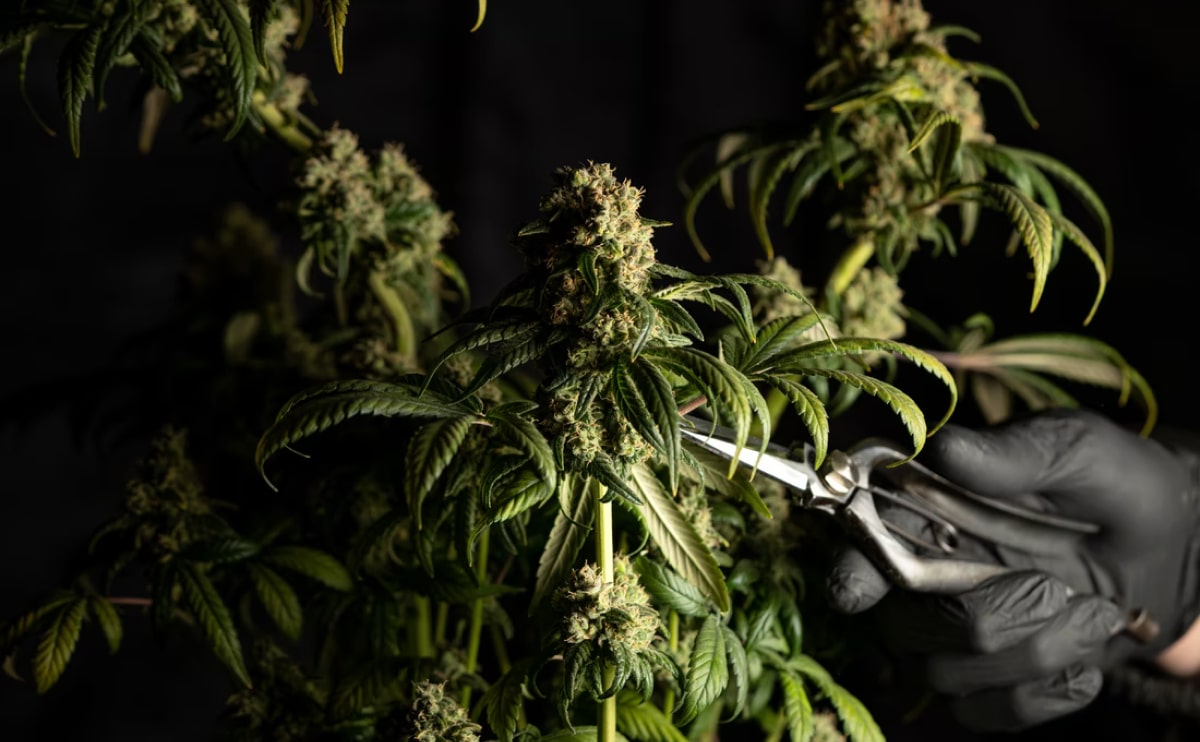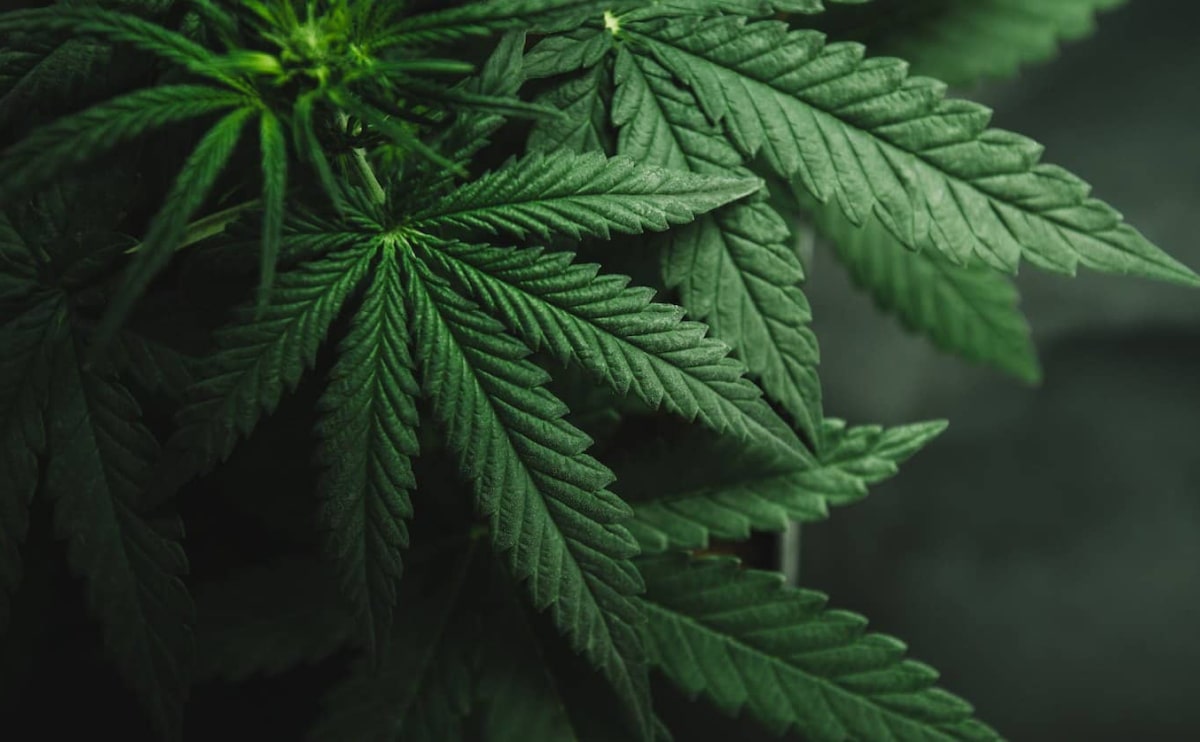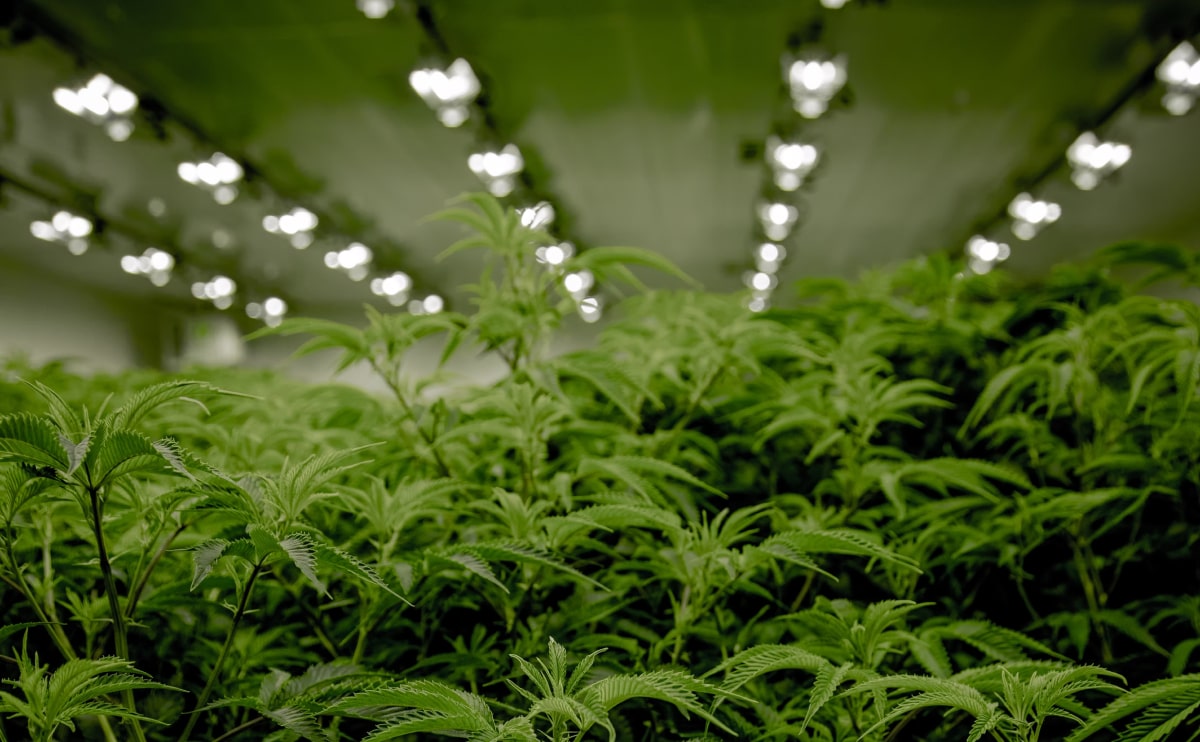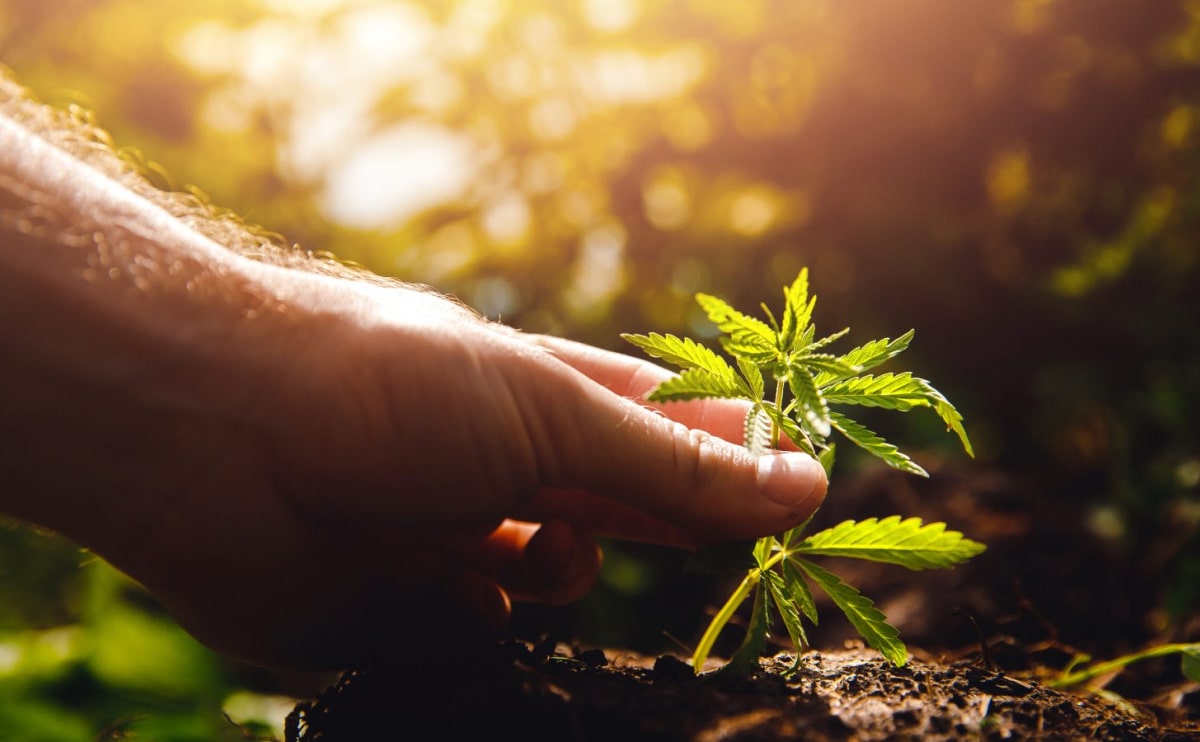Marijuana: Unpacking the Plant

Marijuana: Unpacking the Plant, Its Effects, and the Complex Landscape
Marijuana, or cannabis, is a plant with a long and complex history, interwoven with human culture, medicine, and recreation across millennia. From ancient rituals to modern-day policy debates, its presence is undeniable. This blog post aims to provide a balanced overview of marijuana, exploring its effects, potential medical applications, and the evolving legal and social landscape surrounding it.
What Exactly is Marijuana?
At its core, marijuana refers to the dried flowers, leaves, stems, and seeds of the Cannabis sativa or Cannabis indica plant. These plants contain various compounds called cannabinoids, the most well-known being:
-
Tetrahydrocannabinol (THC): This is the primary psychoactive compound responsible for the “high” associated with marijuana use.
-
Cannabidiol (CBD): Non-intoxicating, CBD is gaining significant attention for its potential therapeutic properties.
The concentration of these and other cannabinoids varies greatly depending on the strain of the plant and how it’s processed, leading to a wide spectrum of effects.
The Effects of Marijuana: A Double-Edged Sword
Marijuana’s effects are diverse and can vary significantly from person to person, influenced by factors like the strain, dosage, individual tolerance, and method of consumption.
Short-Term Effects:
Many users report feelings of relaxation, euphoria, altered sensory perception (colors appearing brighter, sounds louder), and an altered sense of time. Other common short-term effects include:
Increased appetite (“munchies”)
Dry mouth
Red eyes
Impaired coordination and reaction time
Difficulty with memory and thinking





